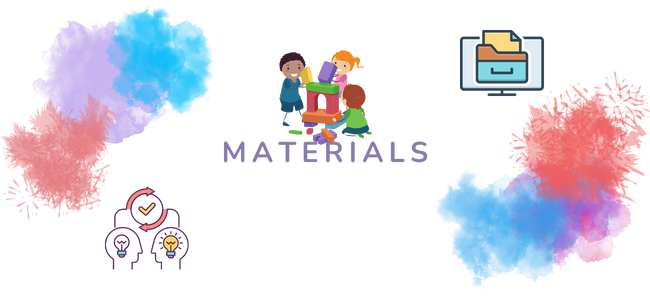
Our Commitment to Openness
We believe that open science practices are a critical part of scientific progress. Accordingly, we are committed to releasing code, data, and materials for our research by default and whenever possible. PDF links on the publications page are typically accompanied by a link to the related github repository for materials. If you are looking for materials, code, or data but do not find them, please contact us.
For more project code and the most up-to-date materials (including on unpublished projects), please see our lab github page. Our videos are hosted through a databrary page.
In addition, we have created several tools for browsing open data repositories related to our projects:
- Wordbank, an interactive database of children’s vocabulary growth across languages (using data from MacArthur Communicative Development Inventory forms)
- MetaLab, interactive meta- and meta-meta-analysis tools for child language
- WordBirths, visualization of data from the Human Speechome Project
The remainder of this page hosts permanent materials links for older projects.
Older Projects and Materials
Code
- Code Page for Frank & Barner (2011). Representing exact number visually using mental abacus. Journal of Experimental Psychology: General, 141, 134-149.
- Code Page for Frank & Tenenbaum (2011). Three ideal observer models of rule learning in simple languages. Cognition, 120, 360-371.
- Code Page for Frank, Goodman, & Tenenbaum (2009). Using speakers’ referential intentions to model early cross-situational word learning. Psychological Science, 20, 579-585.
Corpora
- Corpus Page for Frank, Tenenbaum, & Fernald (in press). Social and discourse contributions to the determination of reference in cross-situational word learning.
- Annotation of files from the CHILDES corpus for Frank, M. C., Goodman, N. D., & Tenenbaum, J. (2008). A Bayesian framework for cross-situational word learning. Advances in Neural Information Processing Systems, 20. (Note: code package for 2009 paper above has more recent annotations).
Sample Videos
- Sample videos for Frank & Barner (2011). Representing exact number visually using mental abacus. Journal of Experimental Psychology: General, 141, 134-149.
- Samples videos for Frank, M. C., Vul, E., & Johnson, S. P. (2009). Development of infants’ attention to faces during the first year. Cognition, 110, 160-170.
- Sample videos for Frank, M. C., Everett, D. L., Fedorenko, E., & Gibson, E. (2008). Number as a cognitive technology: Evidence from Pirahã language and cognition. Cognition, 108, 819-824.
Stimuli
- Offline calibration adjustment for Tobii eye-trackers
- Supplementary Movies for Casillas & Frank (2013). The development of predictive processes in children’s discourse understanding. Proc. Cog. Sci.
- Movie stimuli for Frank, Amso, & Johnson (under review). Visual search ability predicts infants’ attention to faces during free-viewing.
- Supplementary Movies for Frank, Kraus, & Hennings (under review). Attention to conversational referents predicts word learning in young children.
- Supplementary Movies for Frank, Vul, & Saxe (2012). Measuring the development of social attention using free-viewing. Infancy, 17, 355-375.
